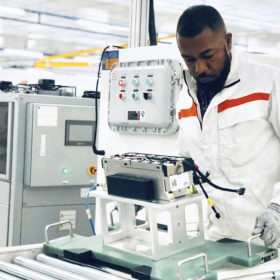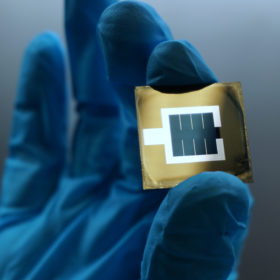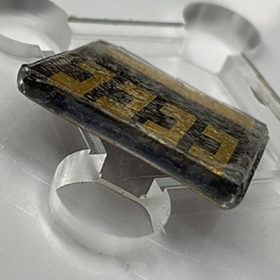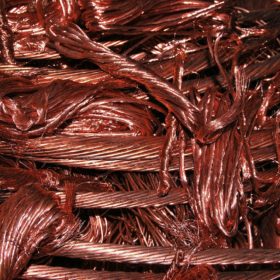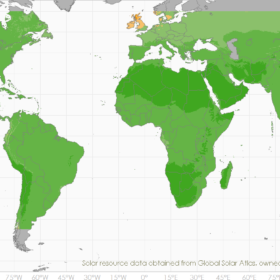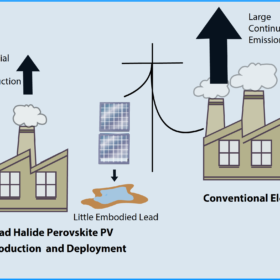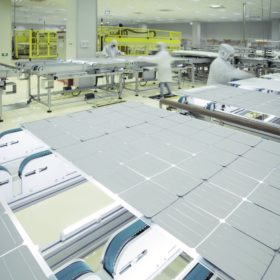Shaping the EU battery value chain
The new EU Batteries Regulation is a blueprint for product legislation, regulating the whole life cycle of batteries in the European Union. Advanced rechargeable and lithium batteries association Recharge says successful implementation of the new regulation requires the prioritization of safety, information reliability, feasibility, market surveillance, and enforcement.
Pathways for perovskite PV
Perovskite solar cells have created excitement in recent years, given their potential to improve virtually every area of PV, but we have yet to see such devices produced at scale. Scientists in Australia have outlined some of the challenges holding them back.
Lead absorbing encapsulant for perovskite solar cells
Scientists in the United States developed what they describe as a ‘scotch-tape like’ solution, which can absorb potential lead leakage from perovskite solar cells, preventing the toxic material from entering the environment. The tape, according to the scientists, can easily be integrated with existing encapsulation strategies, and was shown to absorb 99.9% of lead leaked from cells from that were severely damaged.
IEA highlights solar’s dependence on Chinese copper processing
The sheer volume of new power lines which will be required to accommodate the rising tide of solar installations ensures copper has been included by the International Energy Agency on its list of minerals which must keep flowing if the energy transition is to stay on course. And it’s not production that’s the potential bottleneck.
The week in perovskites
As a focus of research at leading institutes the world over, new developments in the perovskite field come thick and fast almost every week. From x-ray observations on a nanoscale to financing and plans for mass production, pv magazine is bringing together some of the most exciting developments of recent weeks.
Harmful lead in photovoltaics – are there sustainable alternatives?
Without globally unified standards in waste management, the risk from toxic materials such as lead will become increasingly important.
The weekend read: Taking the lead
This quarter, pv magazine‘s UP Initiative focuses on lead – a toxic heavy metal that’s present in many PV technologies, and one that’s often mentioned in connection with hazardous substances across the green energy supply chain. We take a closer look at the issue and ask what it would mean for manufacturers to replace lead in their modules with more environmentally friendly materials.
Benefits and risks of lead halide perovskite photovoltaics
Lead halide perovskite PVs (LHP-PV) have rapidly emerged over the last decade as a potentially viable thin film PV technology, because of their high efficiency and potential for low manufacturing costs. However, concerns remain over potential impacts to the environment and human health arising from the use of toxic lead in LHP-PVs.
The weekend read: A lead-free future for solar PV
Lead plays an important role in crystalline silicon module manufacturing when it comes to cell interconnection. But even in small amounts, the presence of this toxic material in a PV module could be viewed as a black mark against the industry’s sustainable credentials. Alternatives are available, but it seems the price is not yet right for broader uptake.
